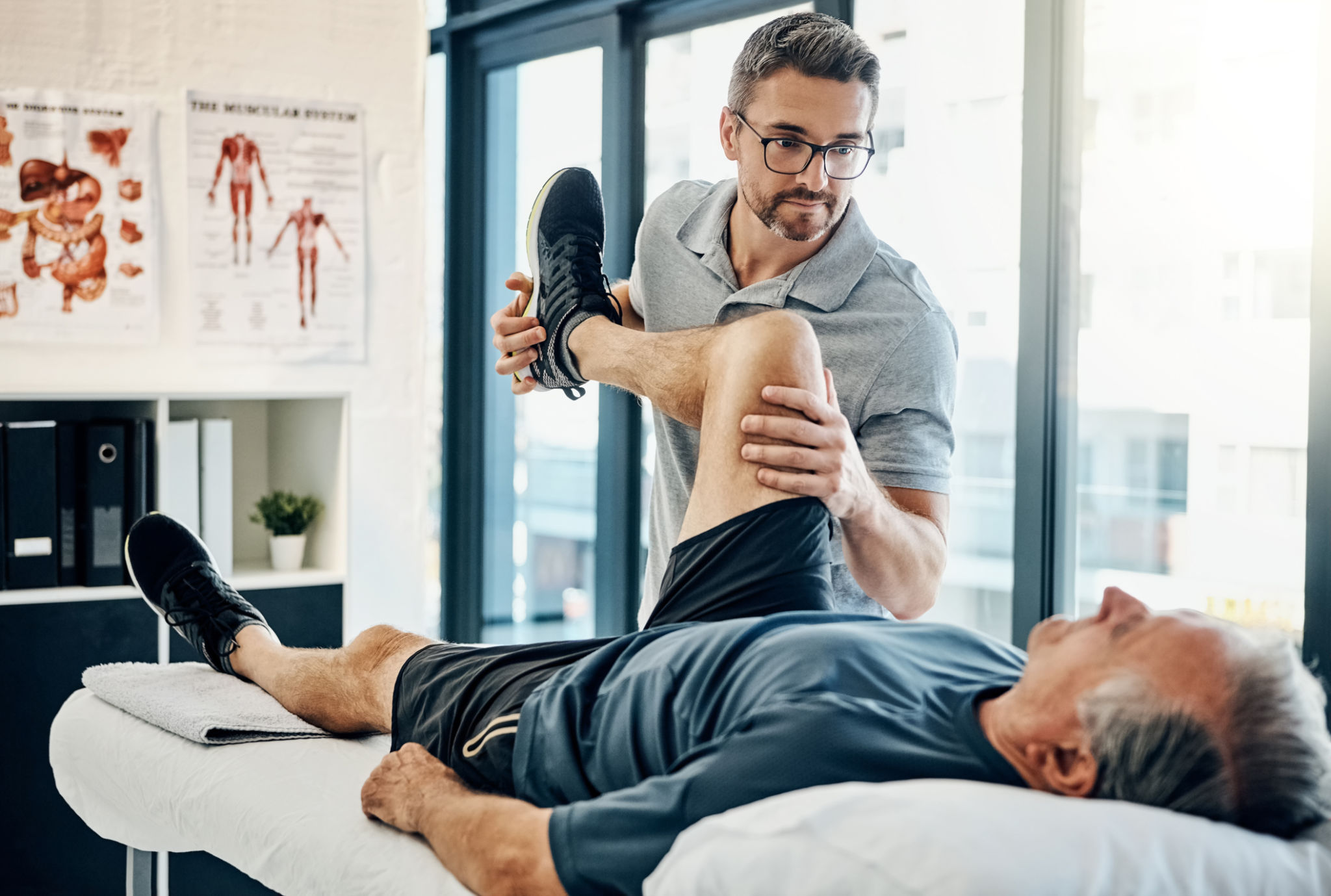From Practice to Performance: The Role of Rest and Recovery in Athletic Success
Understanding the Balance
In the world of athletics, the spotlight often shines brightly on intense training sessions and relentless practice. However, an equally critical component to athletic success is the often-overlooked aspect of rest and recovery. Understanding the balance between work and rest is essential for optimal performance.
Athletes who master this balance not only improve their physical capabilities but also enhance their mental resilience. This equilibrium helps in preventing injuries and ensures longevity in their respective sports.

The Science Behind Recovery
During physical exertion, muscles undergo stress, leading to microscopic tears. Recovery is the period when these muscles repair and strengthen, a process that is crucial for performance enhancement. Without adequate recovery, the risk of overuse injuries increases significantly.
Recovery isn't just about the physical aspect. It's also about mental rejuvenation. Athletes who incorporate rest into their routines often experience improved focus and reduced stress levels, contributing to better outcomes in competitive scenarios.

Types of Recovery
There are several types of recovery methods that athletes can incorporate into their routines:
- Active Recovery: Low-intensity exercises like yoga or swimming that help in maintaining blood flow to muscles.
- Passive Recovery: Complete rest that allows the body to heal without any physical activity.
- Nutrition and Hydration: Consuming the right nutrients to replenish energy stores and repair muscles.
- Sleep: Essential for cognitive function and physical recovery.
Implementing a Recovery Plan
Developing a tailored recovery plan is crucial for any athlete. This plan should include a mix of active and passive recovery strategies, nutritional guidelines, and sufficient sleep. Consulting with coaches and sports scientists can provide individualized insights based on the athlete's needs.

Recovery plans should be flexible and adaptable, as each athlete's requirements may vary. Monitoring the body's response to different recovery methods can help in refining the approach to maximize effectiveness.
The Role of Technology
Advancements in technology have made it easier to track recovery metrics. Wearable devices can monitor heart rate variability, sleep patterns, and other vital statistics. These insights allow athletes to make informed decisions about their recovery needs.
Utilizing technology not only enhances the recovery process but also empowers athletes to take control of their health and performance.

Conclusion
From practice to performance, the role of rest and recovery in athletic success cannot be overstated. As athletes push the boundaries of their physical capabilities, understanding and implementing effective recovery strategies become paramount.
By prioritizing recovery, athletes can achieve sustained success and maintain their competitive edge, ensuring they are always at the top of their game.